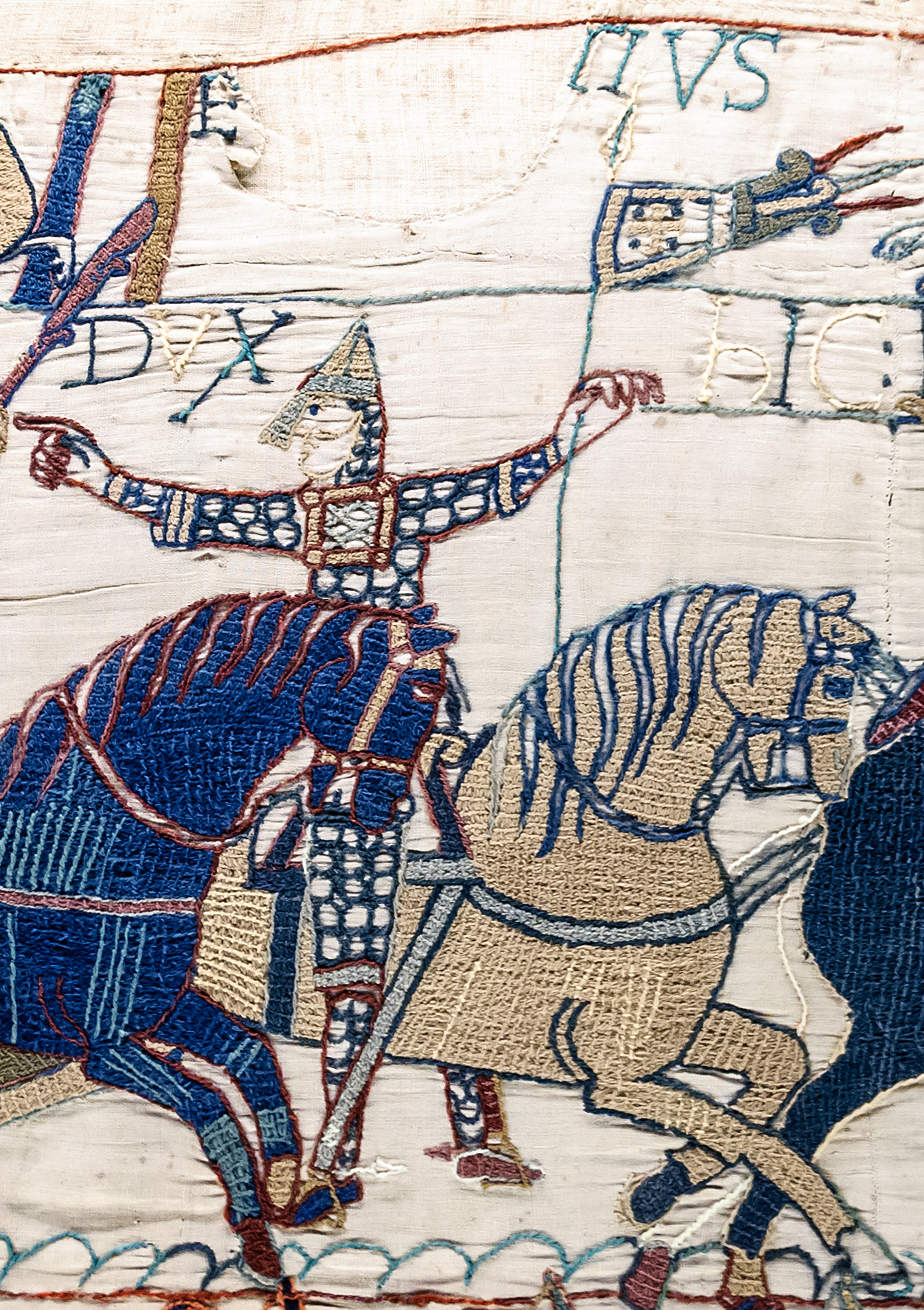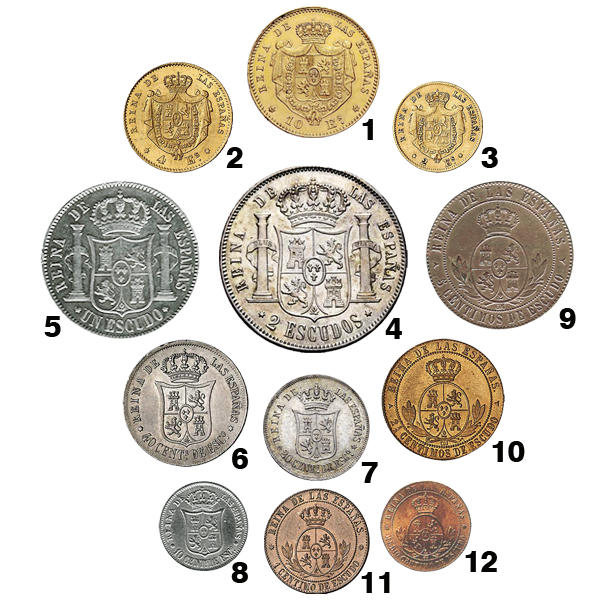|
Sun Of May
The Sun of May () is a national emblem of Argentina and Uruguay, and appears on the flags of both countries. __TOC__ History According to Diego Abad de Santillán, the Sun of May represents Inti, the Incan god of the sun. The specification "''of May''" is a reference to the May Revolution which took place in the week from 18 to 25 May 1810, which marked the beginning of the independence from the Spanish Empire for the countries that were then part of the Viceroyalty of the Río de la Plata. A legend claims that as the new government was proclaimed, the sun broke through the clouds, which was seen as a good omen. Variations In the flag of Argentina, the Sun of May is the radiant golden yellow sun bearing the human face and thirty-two rays that alternate between sixteen straight and sixteen wavy. In the flag of Uruguay, the Sun of May is the golden yellow sun bearing the human face and sixteen triangular rays that alternate between eight straight and eight wavy. Inspired ... [...More Info...] [...Related Items...] OR: [Wikipedia] [Google] [Baidu] |
Flag Of Argentina
The national flag of the Argentine Republic is a triband, composed of three equally wide horizontal bands coloured light blue and white. There are multiple interpretations on the reasons for those colors. The flag was created by Manuel Belgrano, in line with the creation of the Cockade of Argentina, and was first raised at the city of Rosario on February 27, 1812, during the Argentine War of Independence. The National Flag Memorial was later built on the site. The First Triumvirate did not approve the use of the flag, but the Asamblea del Año XIII allowed the use of the flag as a war flag. It was the Congress of Tucumán which finally designated it as the national flag, in 1816. A yellow Sun of May was added to the center in 1818. The full flag featuring the sun is called the Official Ceremonial Flag (). The flag without the sun is considered the Ornamental Flag (). While both versions are equally considered the national flag, the ornamental version must always be h ... [...More Info...] [...Related Items...] OR: [Wikipedia] [Google] [Baidu] |
Asamblea Del Año XIII
The Assembly of Year XIII ( es, Asamblea del Año XIII) was a meeting called by the Second Triumvirate governing the young republic of the United Provinces of the Río de la Plata (modern-day Argentina, Uruguay, part of Bolivia) on October 1812. One of the objectives of the assembly was to define an institutional government system for the republic. Without the presence of representatives from some of the provinces (such as the Oriental Province), it was inaugurated on January 31, 1813 (hence the name). At the same time, it was to proclaim independence from Spain, and write the first constitution of the young state. Accomplishments During the assembly, different interests delayed the declaration of independence, but a number of common points were successfully established: * The national coat of arms was chosen. * The national anthem was commended. * The Freedom of Wombs (''Libertad de vientres'') law, which put an end to slavery, was passed (it dictated that children born f ... [...More Info...] [...Related Items...] OR: [Wikipedia] [Google] [Baidu] |
Coats Of Arms With Suns
Coats may refer to: People *Coats (surname) Places * Coats, Kansas, US * Coats, North Carolina, US *Coats Island, Nunavut, Canada *Coats Land, region of Antarctica Other uses * Coat (clothing), an outer garment *Coats' disease, a human eye disorder *Coats Mission, British military mission 1941–42 *Coats Group, a multinational sewing and needlecraft supplies manufacturer *Coats Steam Car, American automobile manufactured 1922–23 *Stewart-Coats, American automobile manufactured only in 1922 *Cadet Organizations Administration and Training Service The Cadet Organizations Administration and Training Service (COATS) is a sub-component of the Canadian Forces Reserve Force whose members have undertaken as their primary duty the supervision, administration and training of the members of the Cana ..., a sub-component of the Canadian Forces Reserves See also * Coat (other) * Coates (other) * Cotes (other) {{disambig ... [...More Info...] [...Related Items...] OR: [Wikipedia] [Google] [Baidu] |
Heraldic Charges
In heraldry, a charge is any emblem or device occupying the field (heraldry), field of an ''Escutcheon (heraldry), escutcheon'' (shield). That may be a geometric design (sometimes called an ''ordinary (heraldry), ordinary'') or a symbolic representation of a person, animal, plant, object, building, or other device. In French blazon, the ordinaries are called ''pièces'', and other charges are called ''meubles'' ("[the] mobile [ones]"). The term ''charge'' can also be used as a verb; for example, if an escutcheon depicts three lion (heraldry), lions, it is said to be ''charged with three lions''; similarly, a crest or even a charge itself may be "charged", such as a pair of eagle wings ''charged with trefoils'' (as on the coat of arms of Brandenburg). It is important to distinguish between the ordinaries and divisions of the field, as that typically follow similar patterns, such as a shield ''divided'' "per chevron", as distinct from being ''charged with'' a chevron (insignia), c ... [...More Info...] [...Related Items...] OR: [Wikipedia] [Google] [Baidu] |
National Symbols Of Uruguay
National may refer to: Common uses * Nation or country ** Nationality – a ''national'' is a person who is subject to a nation, regardless of whether the person has full rights as a citizen Places in the United States * National, Maryland, census-designated place * National, Nevada, ghost town * National, Utah, ghost town * National, West Virginia, unincorporated community Commerce * National (brand), a brand name of electronic goods from Panasonic * National Benzole (or simply known as National), former petrol station chain in the UK, merged with BP * National Car Rental, an American rental car company * National Energy Systems, a former name of Eco Marine Power * National Entertainment Commission, a former name of the Media Rating Council * National Motor Vehicle Company, Indianapolis, Indiana, USA 1900-1924 * National Supermarkets, a defunct American grocery store chain * National String Instrument Corporation, a guitar company formed to manufacture the first resonator gui ... [...More Info...] [...Related Items...] OR: [Wikipedia] [Google] [Baidu] |
Vergina Sun
The Vergina Sun ( el, Ήλιος της Βεργίνας, Ilios tis Vergínas, Sun of Vergina), also known as the Star of Vergina, Vergina Star or Argead Star, is a rayed solar symbol first appearing in ancient Greek art of the period between the 6th and 2nd centuries BC. The Vergina Sun proper has sixteen triangular rays, while comparable symbols of the same period variously have sixteen, twelve, eight or (rarely) six rays. The name "Vergina Sun" became widely used after the archaeological excavations in and around the small town of Vergina, in northern Greece, during the late 1970s. In older references, the name "Argead Star" or "Star of the Argeadai" is used for the Sun as the possible royal symbol of the Argead dynasty of the ancient kingdom of Macedonia. There it was depicted on a golden larnax found in a 4th-century BC royal tomb belonging to either Philip II or Philip III of Macedon, the father and half-brother of Alexander the Great, respectively. Tentatively inte ... [...More Info...] [...Related Items...] OR: [Wikipedia] [Google] [Baidu] |
Solar Symbol
A solar symbol is a symbol representing the Sun. Common solar symbols include circles (with or without rays), crosses, and spirals. In religious iconography, personifications of the Sun or solar attributes are often indicated by means of a halo or a radiate crown. When the systematic study of comparative mythology first became popular in the 19th century, scholarly opinion tended to over-interpret historical myths and iconography in terms of "solar symbolism". This was especially the case with Max Müller and his followers beginning in the 1860s in the context of Indo-European studies. Many "solar symbols" claimed in the 19th century, such as the swastika, triskele, Sun cross, etc. have tended to be interpreted more conservatively in scholarship since the later 20th century. Solar disk The basic element of most solar symbols is the circular solar disk. The disk can be modified in various ways, notably by adding rays (found in the Bronze Age in Egyptian depictions of ... [...More Info...] [...Related Items...] OR: [Wikipedia] [Google] [Baidu] |
Sun (heraldry)
A representation of the sun is used as a heraldic charge. The most usual form, often called sun in splendour or in his glory, consists of a round disc with the features of a human face surrounded by twelve or sixteen rays alternating wavy and straight.Dictionary of Vexillology Accessed 13 December 2009 The alternating straight and wavy rays are often said to represent the light and heat of the sun respectively. It was used as a badge by , and was later adopted by Edward IV following the appearance of a [...More Info...] [...Related Items...] OR: [Wikipedia] [Google] [Baidu] |
Embroidery
Embroidery is the craft of decorating fabric or other materials using a needle to apply thread or yarn. Embroidery may also incorporate other materials such as pearls, beads, quills, and sequins. In modern days, embroidery is usually seen on caps, hats, coats, overlays, blankets, dress shirts, denim, dresses, stockings, scarfs, and golf shirts. Embroidery is available in a wide variety of thread or yarn colour. Some of the basic techniques or stitches of the earliest embroidery are chain stitch, buttonhole or blanket stitch, running stitch, satin stitch, and cross stitch. Those stitches remain the fundamental techniques of hand embroidery today. History Origins The process used to tailor, patch, mend and reinforce cloth fostered the development of sewing techniques, and the decorative possibilities of sewing led to the art of embroidery. Indeed, the remarkable stability of basic embroidery stitches has been noted: The art of embroidery has been found world ... [...More Info...] [...Related Items...] OR: [Wikipedia] [Google] [Baidu] |
Sun In Splendour
A representation of the sun is used as a heraldic charge. The most usual form, often called sun in splendour or in his glory, consists of a round disc with the features of a human face surrounded by twelve or sixteen rays alternating wavy and straight.Dictionary of Vexillology Accessed 13 December 2009 The alternating straight and wavy rays are often said to represent the light and heat of the sun respectively. It was used as a badge by , and was later adopted by following the appearance of a [...More Info...] [...Related Items...] OR: [Wikipedia] [Google] [Baidu] |
Spanish Escudo
The escudo was either of two distinct Spanish currency denominations. Gold escudo The first escudo was a gold coin introduced in 1535/1537, with coins denominated in escudos issued until 1833. It was initially worth 16 '' reales''. When different reales were introduced, the escudo became worth 16 ''reales de plata'' in 1642, then 16 ''reales de plata fuerte'' or 40 ''reales de vellón'' from 1737. Coins Gold coins were issued in denominations of , 1, 2, 4 and 8 escudos, with the 2 escudos coin known as the doubloon. Between 1809 and 1849, coins denominated as 80, 160 and 320 reales (de vellon) were issued, equivalent, in gold content and value, to the 2, 4 and 8 escudo coins. Most were minted in Madrid, marked with a superscripted M or in Seville bearing an S below and left of the Royal Coat of Arms. The mintmaster's initials appeared on the opposite side. Silver escudo The second escudo was the currency of Spain , image_flag = Bandera de España.svg , image_coa ... [...More Info...] [...Related Items...] OR: [Wikipedia] [Google] [Baidu] |





